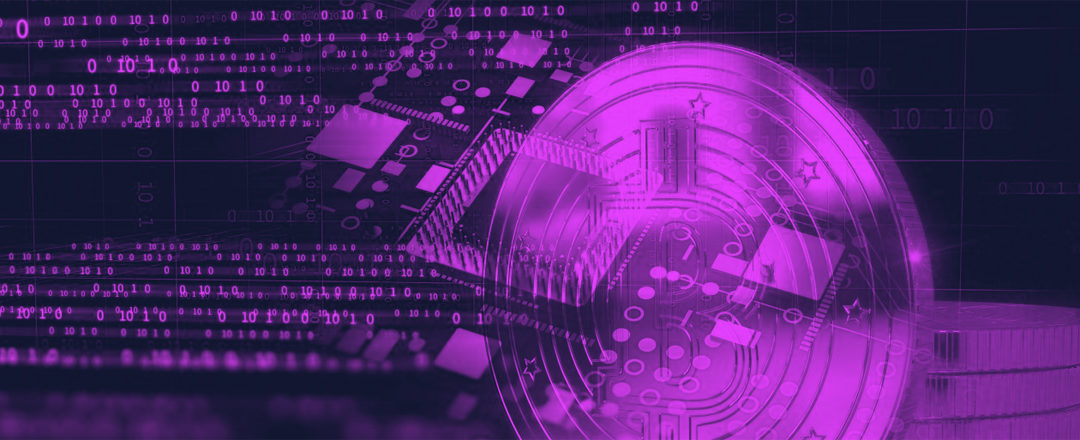Payment Service Providers (PSPs) are the gateway to the metaverse.
What does this mean, and how will PSPs evolve along with Web3 and the metaverse?
by Aliz Grubel
Welcome to the metaverse! Or at least welcome to the gates of the metaverse.
Web3 and the metaverse are two things on everyone’s mind, and thanks to events like Permissionless, we can get a little taste of real life. Web3 and the metaverse will continue to grow and evolve over the next few years, giving us more options and ways to interact with emerging technology and digital economies.
What is the Metaverse?
First, we need to take a step back and consider how we got here. Personal computers, the World Wide Web, mobile phones, touch screens, virtual/augmented reality and the Internet of Things (IoT) have been the digital evolutions of the last 40 years.
The IoT grew substantially from 2017 onwards and became more consumer-focused as Internet penetration, Artificial Intelligence (AI), Blockchain, Edge Computing and cheap devices and sensors proliferated the retail marketplace. These developments allowed the world to connect more seamlessly online in real-time. So, where does the metaverse fit into this timeline?
The metaverse remains an undefined and expansive project in the timeline of the IoT, which is one of the reasons it is gaining so much attention and interest from developers. People are naturally inclined to engage with emerging and trending projects that arguably belong to the Web’s third iteration, aka Web3; A borderless, persistent, decentralised immersive digital world of emerging economies.
The idea of an alternate or extended universe of digital consciousness and identity being used in a virtual world has existed as a metarepresentation of the mind’s most far-flung imaginings since time immemorial. Science fiction in novels, spoken across radio, and portrayed in movies are definite sources of inspiration for today’s online gaming universes.
How do we access the Metaverse?
The metaverse doesn’t exist in all of its imagined glory yet, but we can access emerging small snippets. Companies like Amazon have continued to push the boundaries of early tech adoption, along with Facebook, a technology giant of the last decade, entirely focusing its resources on metaverse development, including a total rebranding of the company’s name to Meta. Fortnite, Decentraland, Sandbox, Sensorium Galaxy and a slew of other emerging platforms and companies further give rise to new ways to access and interact with the metaverse.
We can only access discrete sections of the metaverse, with existing internet technology unable to support the required contemporaneous always-on communications. The lack of decentralised access to metaverse events and locations is another blocker. So, we travel through the metaverse using specific companies or protocols and their proprietary in-metaverse tokens.
Why are PSPs needed?
This brings us to the metaverse economy. How do we engage in this Brave New World of wondrous things? The current payment rails used in traditional economies are not fit for the burgeoning metaverse due to their archaic, disconnected and convoluted systems, which will not allow them to easily integrate into the booming digital asset space, hamstringing users and their opportunity to connect to the metaverse.
Banxa, the leading integrated Web3 fiat on-ramp, integrates with different PSPs and utilises them as part of our offering for converting fiat to crypto and vice versa, and is a gateway to the metaverse. We provide easy, fast and secure access to digital economies by demonstrating market-leading transaction speeds that facilitate on-chain transactions. We achieve this with our comprehensive partnerships across blockchains, cryptocurrencies and emerging digital assets.
How we engage and interact is often predicated by the local economy. A functioning economy needs a medium through which goods or services can be exchanged for valuable assets. Cryptocurrencies are powering the metaverse and are the key vehicle through which value is exchanged within Defi, powering the metaverse and giving everyone access to their slice.
Banxa is the prime example of a globally available bridge between traditional finance to these new decentralised economies. Banxa specialises in enabling chapters and more accessible local payment methods via our market-leading global payment infrastructure. Banxa can facilitate transactions at lightning speed and allow access no matter where you are, for the metaverse has no borders. Therefore. Banxa has no limit to what it can achieve.
To ensure equal accessibility to the metaverse, PSPs need to facilitate access to a broader audience to actively participate in the decentralised financial industry. Therefore, onboarding people to DeFi is the first step toward the metaverse.
Future Metaverse?
Currently, the metaverse can be viewed as a tourist attraction for the curious and early adopters of Web3 to venture into and explore. However, the technology and infrastructure to support an easily accessible, concurrent, and persistent metaverse are still in development.
Banxa in conjunction with our partners and the local and global PSPs we work with are at the forefront of this market and continue to build strong architecture supporting the latest and most significant protocols/emerging markets and fully established exchanges and platforms to give people access to these Defi economies. This facilitates the expansion, invention, and creativity needed to find new ways to solve the issues of how to onboard the world to the metaverse.
Want to talk about Web3 and Metaverse?

Chat with our team at Permissionless.
To talk to our team about giving more people access to your project click below.
